Mongolia - a Land of Steppes and Warm Hospitality
Introduction
Facts
Mongolian culture
Religion in Mongolia
About Buddhism
Major festivals
Introduction
Mongolia may be the size of Western Europe but it remains a land little changed since the time of Genghis Khan. Under blue, cloudless skies, today the wind-blown steppe is – as it has always been - dotted with yaks, wild horses, Mongol camels and stupas making it ripe for adventure. A popular destination along the Trans-Mongolian railway, Mongolia has the Altai Mountain range in the west, Siberia to the north and the Gobi desert to the south.
The country’s hosts and guides proudly introduce visitors to the country’s legendary hospitality and offer endless opportunities for glimpses into traditional Mongolian life and culture. Mongolia, is a country – perhaps the only one left in the world - where the horse remains the primary mode of transport, rather than the motor car. This, along with traditional yurt dwellings, offers the visitor a rare chance to experience a form of time travel. Mongolia is one of the last places on earth left untouched by mass tourism.
Nature is on an epic scale and is fundamental to life in Mongolia and any visit to this vast country. Horsemen and nomads of the steppe refer to ‘nature’ as their ‘manager.’ It is a beautiful - if harsh and unforgiving – landscape where summer lasts for just three months of the year. The endless steppe meats inhospitable vast landscapes of Gobi desert, snow-capped mountains reflect in sparkling lakes. The scale of the country is huge as is the height of the mountains. In fact, the average altitude of Mongolia is 1500metres. Given all this it is not surprising that here nature is in the foreground not in the background. Nomadic life among the 2.9 million-strong population is not merely tradition here, but a respected and on-going way of life. Some facts about Mongolia
Mongolian culture
Fundamentally nomadic, Mongolians follow a seasonal routine raising goat, sheep, cattle yaks, camel and horse, migrating to the most favourable pastures depending on the time of year. Over hundreds of years Mongolian culture has been influenced by Tibet and Tibetan Buddhism and more recently, China and Russia. There is also a little-known small Christian community that makes up about 5% of the population. The Dalai Lama is an enormously popular figure and is a regular visitor.
Mongolian ger. At the very heart of Mongolian culture and life is the ger (yurt) – which is an ingeniously weather-proofed, warm and ecological dwelling made mainly of fabric and felt. Used in and around Central Asia for the last 3000 years, gers are usually pitched in silent and peaceful steppe and they all have the same basic shape. The wooden ‘crown’ at the very top, from which the smoke billows out from, is the most important feature. Handed down through the generations, the crown represents a highway for spirits in Mongolian culture. Built to house a whole family, inside they have kitchen area, a stove, a shrine and beds. Large and tall enough to stand up in, they tend to span 3 to 12 metres in diameter. They are made so that they can be easily dismantled and moved by camels or horses. Amazingly construction of a ger can be done in just two hours.
Ovoo (cairn). In appearance ovoos – a manmade pile of stones - look much like a cairn, trail markers found in the moors and highlands all around the world. In Mongolia though ovoos have a much stronger significance. They symbolise the abode of a spirit. On seeing one, people, often travellers, rotate around them three times and gifts are given in respect of the spirit to ensure a safe trip, good weather or to see off bad omens.
Mongolian horses are fundamental to Mongolian culture, they provide transport and are essential for daily living and livelihood. The Mongol saying: “A Mongol without a horse is like a bird without wings” - highlights how important they are. Traditional Mongol horses are relatively small and light. They have many different roles in society, from being used to shepherd sheep and round up herds to their use in the military and racing. Unlike in the west the animals are not named but are recognised from their distractive patterns and coats. Religion
Shamanism has been a fundamental part of the Mongolian tradition since Genghis Khan’s time. Then, Mongolians worshipped “Hoh Tenger” (blue skies) and the sky above was viewed as the father and the earth as the mother of the entire universe. This of course makes sense as Mongolia is a civilization entirely dependent on nature. Accordingly, Mongolians also worshipped spirit animals and looked to them to ensure good weather. Many of these traditions live on today.
In addition, Mongolians have followed Buddhism since the 16th century, when the Mongolian king, Altan Khan, was converted to Buddhism by Tibetan lamas. Therefore, Mongolians today follow the Buddhist doctrine of Tibet and the Himalayan region. Mongolians find comfort in the practice of Buddhism as it is peppered with traces of Shamanism.
There is also a small Muslim (ethnic Kazakh) community which makes up about six per cent of the population. A brief introduction to Buddhism
During your time in Mongolia you come across many Buddhist temples and stupas which will enlighten you on local Mongolian religious practices.
Tibetan Buddhism, which was the predominant religion prior to the rise of communism, remains the most widely practised religion in Mongolia. Throughout much of the 20th century, the communist Mongolian government ensured that the religious practices were largely repressed. After the fall of communism in 1991, religious practice was restored and many traditions which had been hidden from view, came back into the foreground of everyday life.
In short, the fundamental belief system of Buddhism means:
When visiting Mongolia you will no doubt see many stupas, which are mound-like or hemispherical structures containing religious relics. These are used by Buddhists as a place of meditation. There are various different types of stupas, such as commemorative stupas built to events in the lives of Buddha or his followers while some are symbolic stupas, built to represent aspects of Buddhist theology. Major festivals
One of the most known and famous festivals in Mongolia is Nadaam which is the National Holiday of Mongolia and is celebrated on July 11-13. Read more about Naadam.
In winter Mongolians celebrate Ice Marathon and Camel Festival taking place every year in March. Reasons to Visit Mongolia Destinations in Mongolia Travel Practicalities FAQs about Mongolia Tours to Mongolia
Facts
Mongolian culture
Religion in Mongolia
About Buddhism
Major festivals
Introduction
Mongolia may be the size of Western Europe but it remains a land little changed since the time of Genghis Khan. Under blue, cloudless skies, today the wind-blown steppe is – as it has always been - dotted with yaks, wild horses, Mongol camels and stupas making it ripe for adventure. A popular destination along the Trans-Mongolian railway, Mongolia has the Altai Mountain range in the west, Siberia to the north and the Gobi desert to the south.
The country’s hosts and guides proudly introduce visitors to the country’s legendary hospitality and offer endless opportunities for glimpses into traditional Mongolian life and culture. Mongolia, is a country – perhaps the only one left in the world - where the horse remains the primary mode of transport, rather than the motor car. This, along with traditional yurt dwellings, offers the visitor a rare chance to experience a form of time travel. Mongolia is one of the last places on earth left untouched by mass tourism.
Nature is on an epic scale and is fundamental to life in Mongolia and any visit to this vast country. Horsemen and nomads of the steppe refer to ‘nature’ as their ‘manager.’ It is a beautiful - if harsh and unforgiving – landscape where summer lasts for just three months of the year. The endless steppe meats inhospitable vast landscapes of Gobi desert, snow-capped mountains reflect in sparkling lakes. The scale of the country is huge as is the height of the mountains. In fact, the average altitude of Mongolia is 1500metres. Given all this it is not surprising that here nature is in the foreground not in the background. Nomadic life among the 2.9 million-strong population is not merely tradition here, but a respected and on-going way of life. Some facts about Mongolia
| Population | 2.9 million |
| Population density | 1.8 / km2 |
| Capital | Ulan Bator |
| Area | 1.56 million sq km (603,909 sq miles) |
| Major language | Mongolian |
| Major ethnic groups | 95% Mongols, 4% Kazakhs |
| Major religion | Buddhism |
| Time | +8 hrs (GMT) |
| Telephone country code | +976 |
Fundamentally nomadic, Mongolians follow a seasonal routine raising goat, sheep, cattle yaks, camel and horse, migrating to the most favourable pastures depending on the time of year. Over hundreds of years Mongolian culture has been influenced by Tibet and Tibetan Buddhism and more recently, China and Russia. There is also a little-known small Christian community that makes up about 5% of the population. The Dalai Lama is an enormously popular figure and is a regular visitor.
Mongolian ger. At the very heart of Mongolian culture and life is the ger (yurt) – which is an ingeniously weather-proofed, warm and ecological dwelling made mainly of fabric and felt. Used in and around Central Asia for the last 3000 years, gers are usually pitched in silent and peaceful steppe and they all have the same basic shape. The wooden ‘crown’ at the very top, from which the smoke billows out from, is the most important feature. Handed down through the generations, the crown represents a highway for spirits in Mongolian culture. Built to house a whole family, inside they have kitchen area, a stove, a shrine and beds. Large and tall enough to stand up in, they tend to span 3 to 12 metres in diameter. They are made so that they can be easily dismantled and moved by camels or horses. Amazingly construction of a ger can be done in just two hours.
Ovoo (cairn). In appearance ovoos – a manmade pile of stones - look much like a cairn, trail markers found in the moors and highlands all around the world. In Mongolia though ovoos have a much stronger significance. They symbolise the abode of a spirit. On seeing one, people, often travellers, rotate around them three times and gifts are given in respect of the spirit to ensure a safe trip, good weather or to see off bad omens.
Mongolian horses are fundamental to Mongolian culture, they provide transport and are essential for daily living and livelihood. The Mongol saying: “A Mongol without a horse is like a bird without wings” - highlights how important they are. Traditional Mongol horses are relatively small and light. They have many different roles in society, from being used to shepherd sheep and round up herds to their use in the military and racing. Unlike in the west the animals are not named but are recognised from their distractive patterns and coats. Religion
Shamanism has been a fundamental part of the Mongolian tradition since Genghis Khan’s time. Then, Mongolians worshipped “Hoh Tenger” (blue skies) and the sky above was viewed as the father and the earth as the mother of the entire universe. This of course makes sense as Mongolia is a civilization entirely dependent on nature. Accordingly, Mongolians also worshipped spirit animals and looked to them to ensure good weather. Many of these traditions live on today.
In addition, Mongolians have followed Buddhism since the 16th century, when the Mongolian king, Altan Khan, was converted to Buddhism by Tibetan lamas. Therefore, Mongolians today follow the Buddhist doctrine of Tibet and the Himalayan region. Mongolians find comfort in the practice of Buddhism as it is peppered with traces of Shamanism.
There is also a small Muslim (ethnic Kazakh) community which makes up about six per cent of the population. A brief introduction to Buddhism
During your time in Mongolia you come across many Buddhist temples and stupas which will enlighten you on local Mongolian religious practices.
Tibetan Buddhism, which was the predominant religion prior to the rise of communism, remains the most widely practised religion in Mongolia. Throughout much of the 20th century, the communist Mongolian government ensured that the religious practices were largely repressed. After the fall of communism in 1991, religious practice was restored and many traditions which had been hidden from view, came back into the foreground of everyday life.
In short, the fundamental belief system of Buddhism means:
- Leading a moral life
- Being aware of thoughts and actions
- Developing wisdom and understanding
When visiting Mongolia you will no doubt see many stupas, which are mound-like or hemispherical structures containing religious relics. These are used by Buddhists as a place of meditation. There are various different types of stupas, such as commemorative stupas built to events in the lives of Buddha or his followers while some are symbolic stupas, built to represent aspects of Buddhist theology. Major festivals
One of the most known and famous festivals in Mongolia is Nadaam which is the National Holiday of Mongolia and is celebrated on July 11-13. Read more about Naadam.
In winter Mongolians celebrate Ice Marathon and Camel Festival taking place every year in March. Reasons to Visit Mongolia Destinations in Mongolia Travel Practicalities FAQs about Mongolia Tours to Mongolia


.jpg)
.jpg)
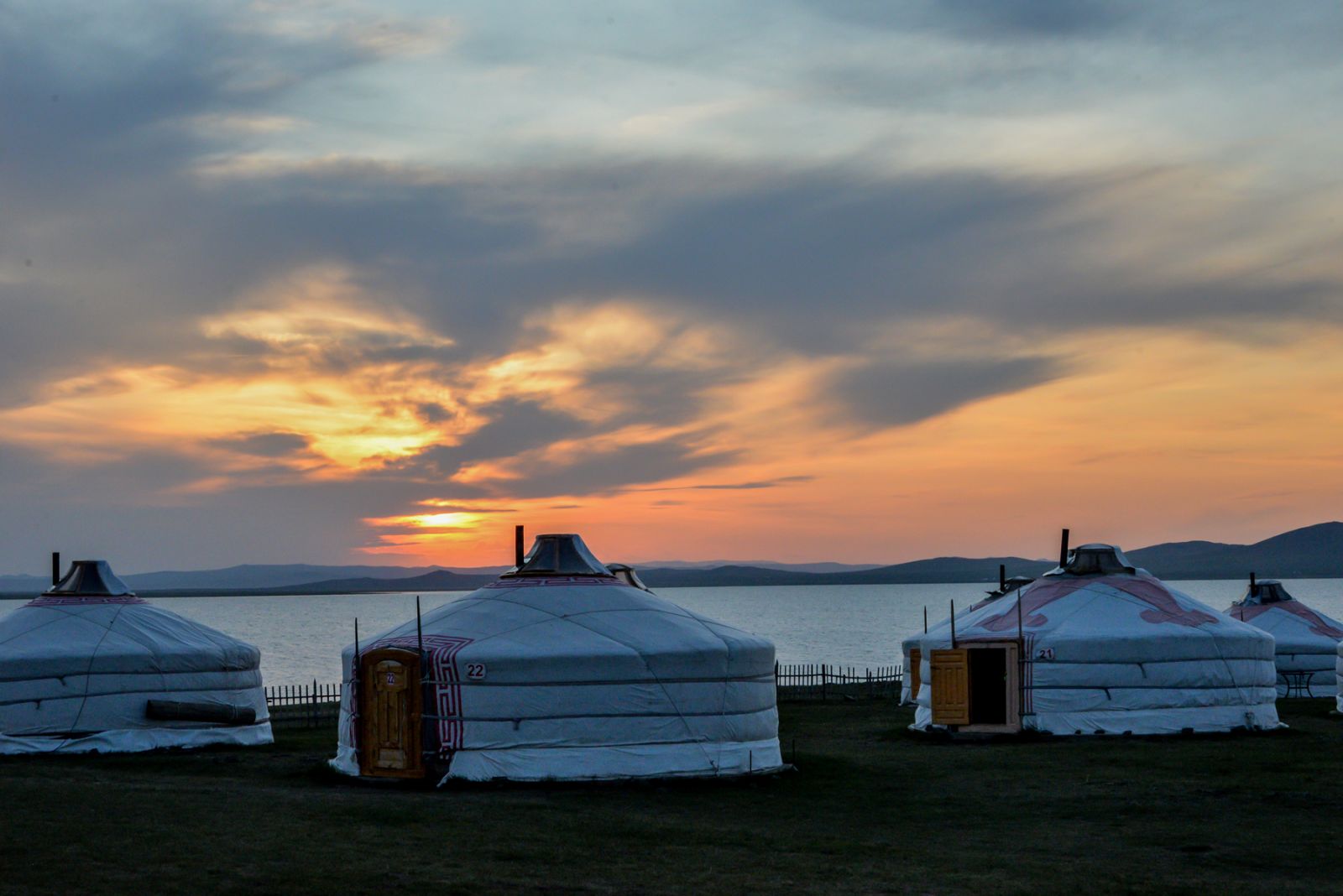
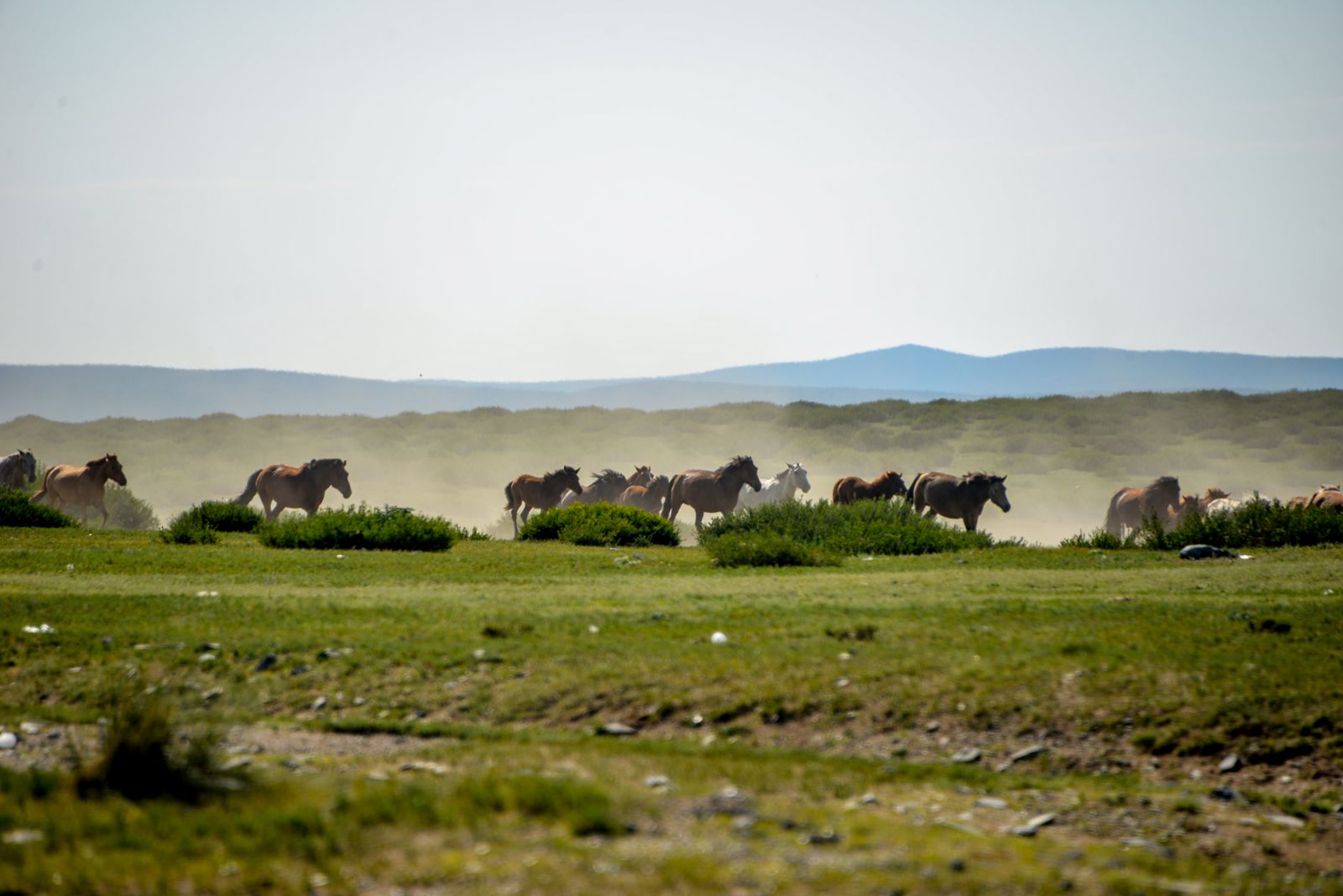
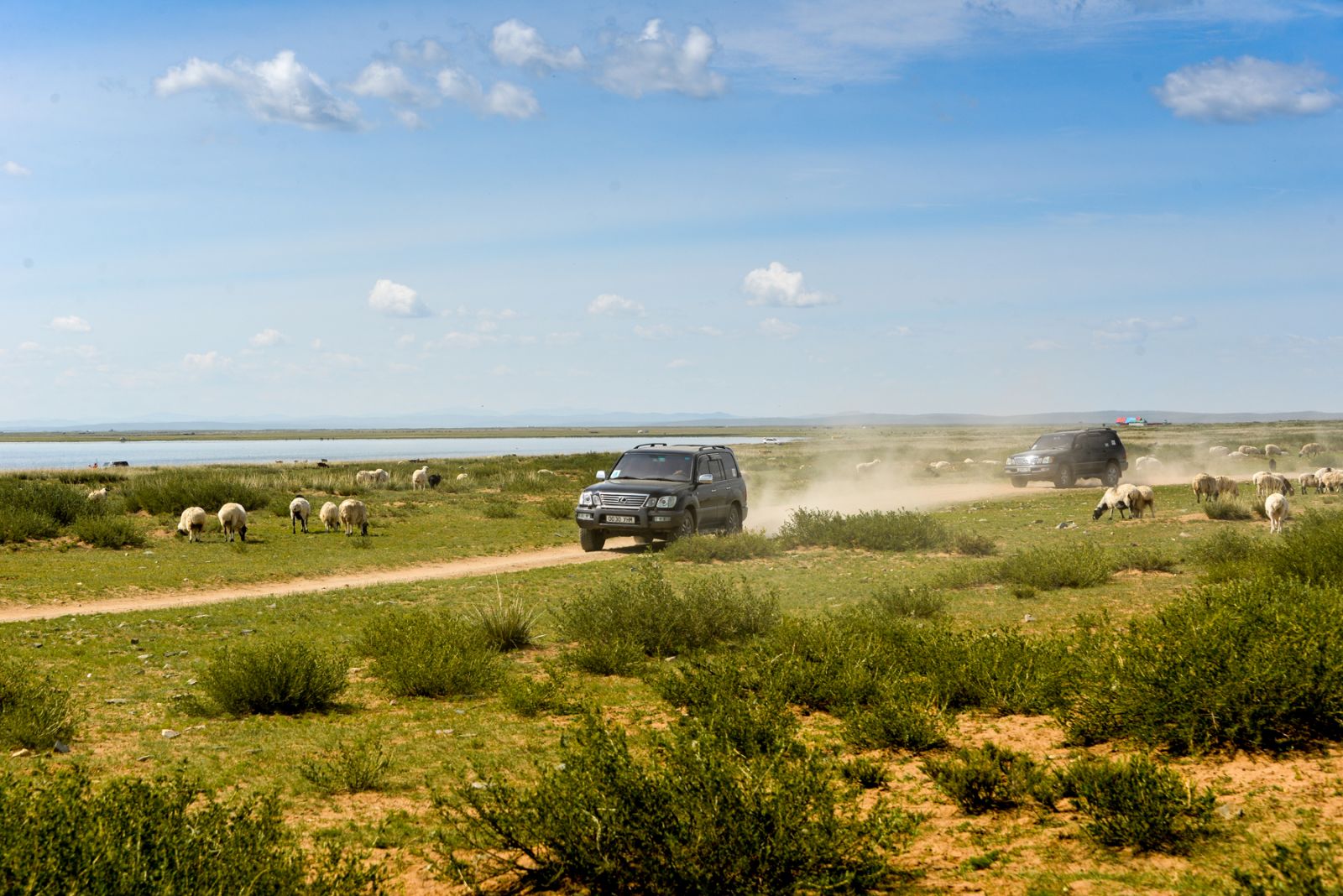


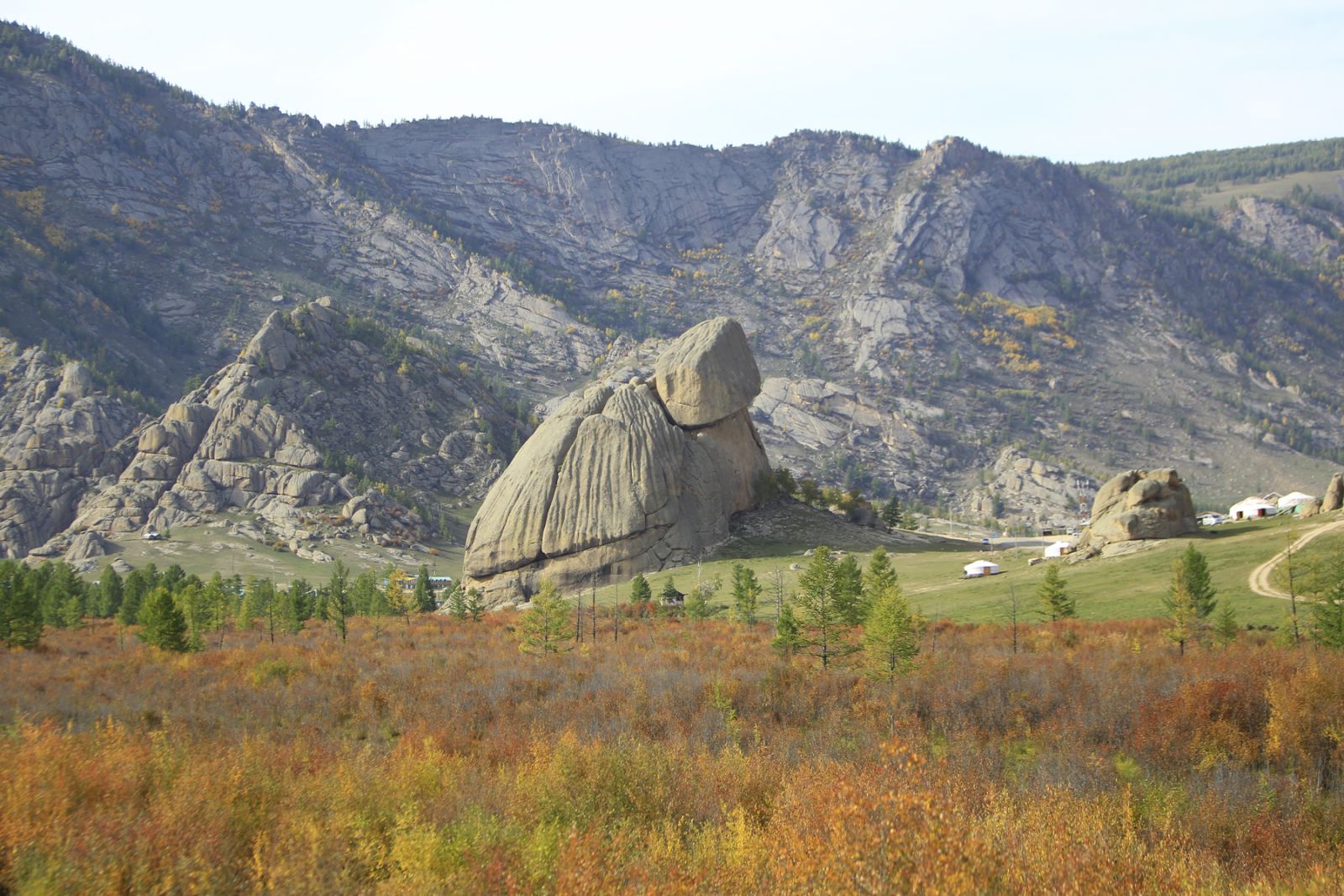
.jpg)
.jpg)
.jpg)
.jpg)
.jpg)
.jpg)
.jpg)
.jpg)
.jpg)
.jpg)
.jpg)
.jpg)
.jpg)
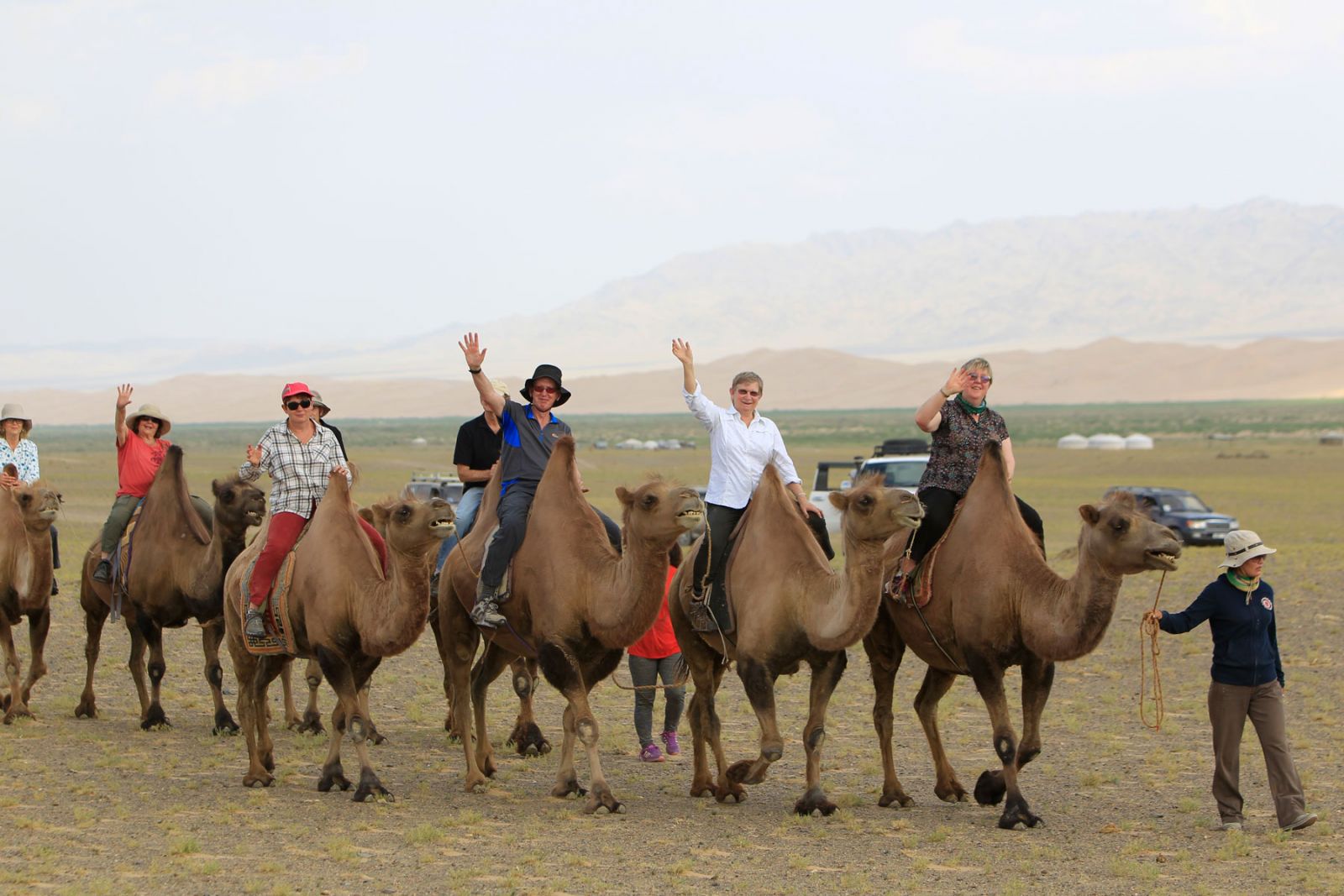
.jpg)
.jpg)
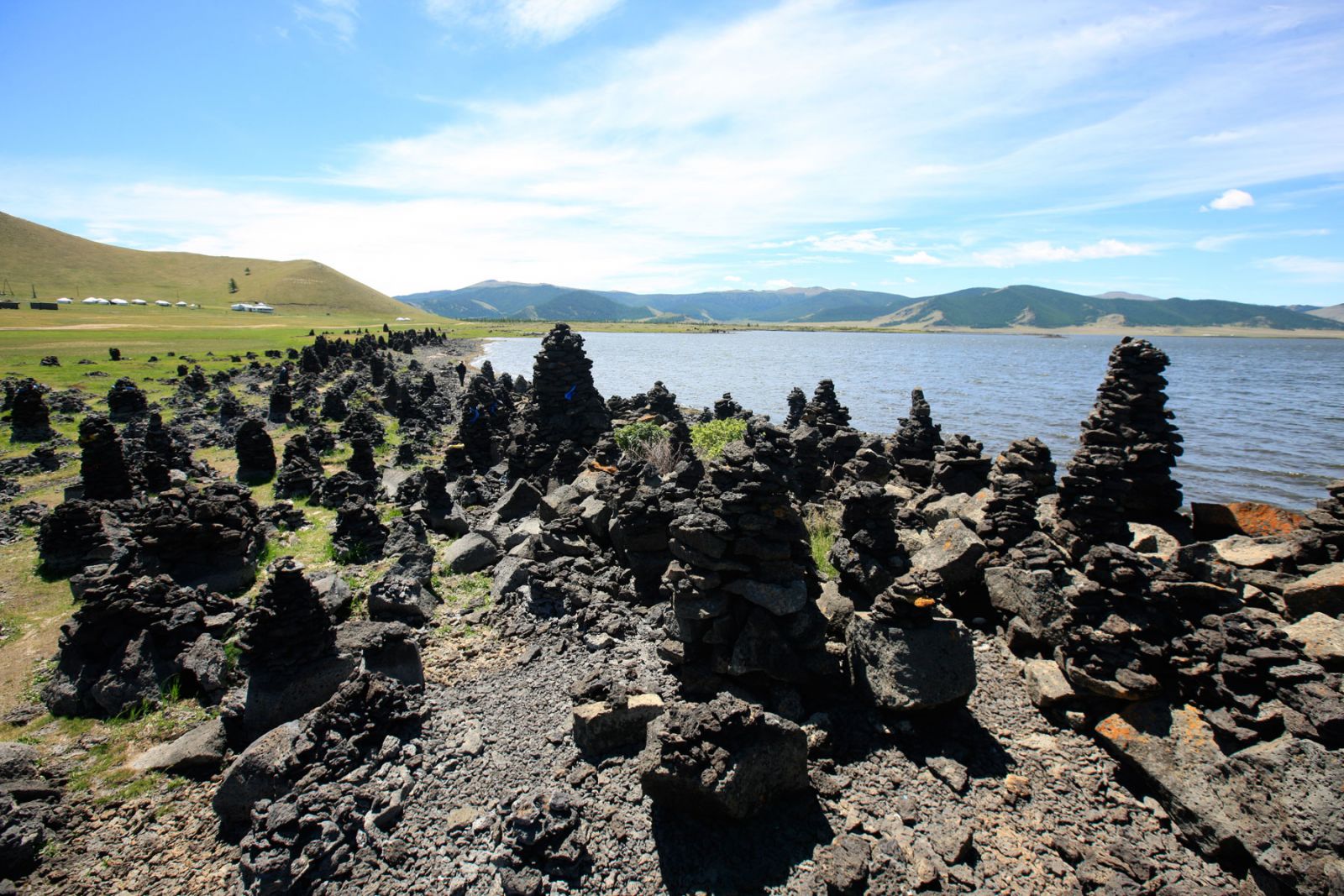
.jpg)
.jpg)
.jpg)
.jpg)
.jpg)
.jpg)
.jpg)
.jpg)
.jpg)
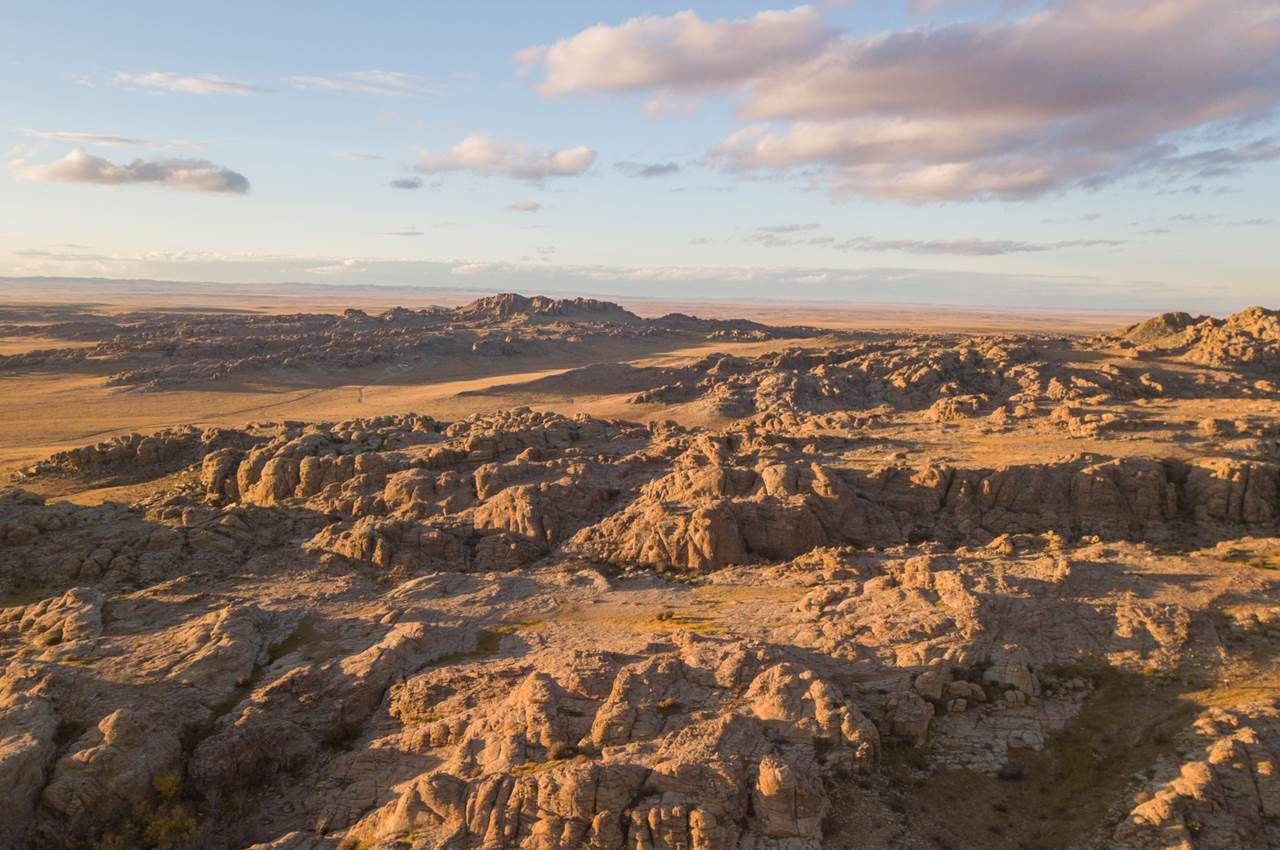
.jpg)
.jpg)